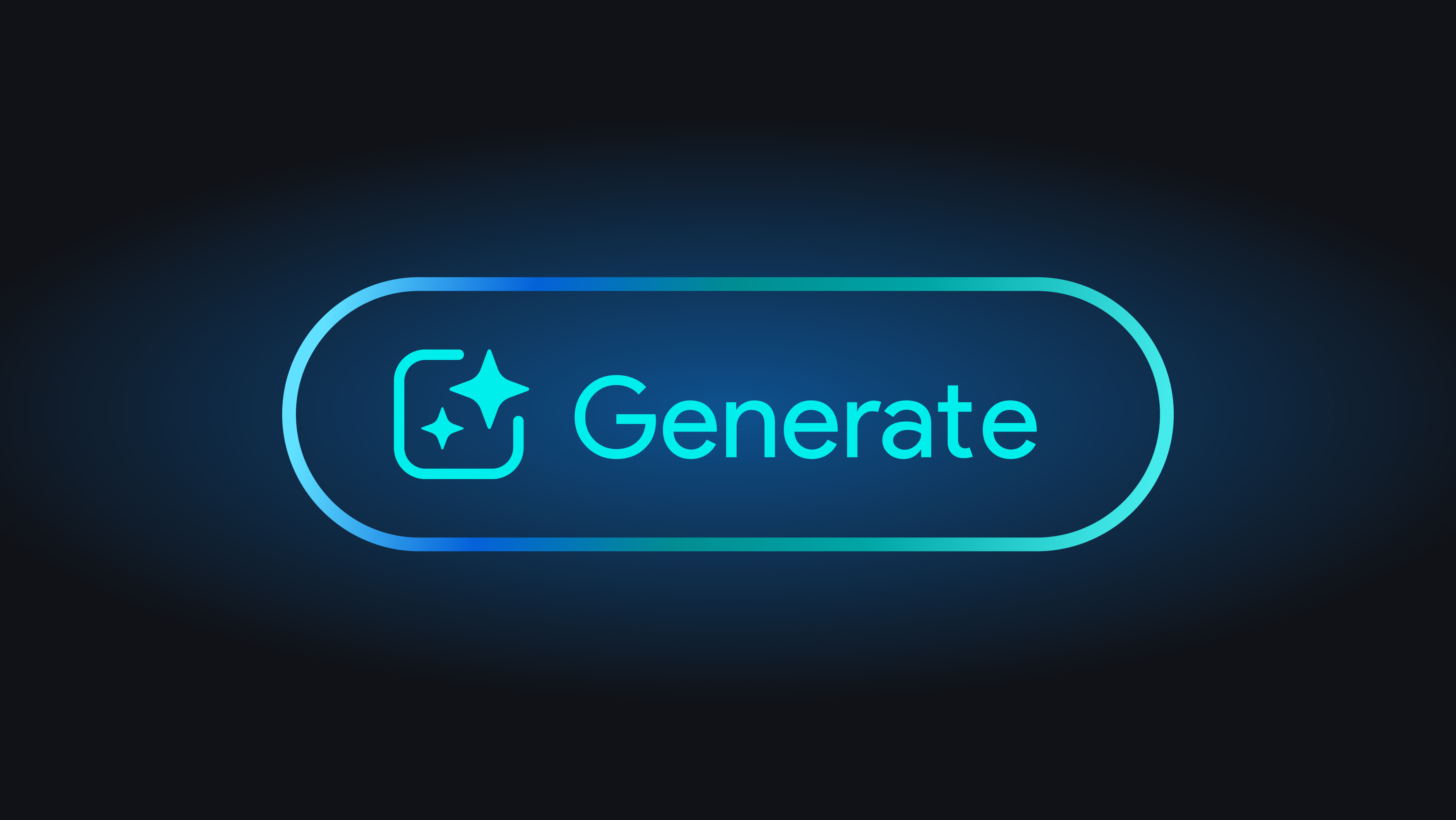A Journey into the World of 3D Product Animation

Businesses are constantly seeking innovative ways to captivate their audience, and one powerful tool that has transformed product showcases is 3D product animation. This state-of-the-art technique brings products to life, offering a dynamic and immersive visual experience. Here we explore the entire process of creating a 3D product animation, from the initial concept to the final masterpiece, and how it can benefit your business by enhancing product presentation and customer engagement.
Conceptualization
Every great product animation begins with a solid concept. This foundational stage involves defining the animation's purpose and message. What story does your product need to tell? What emotions should it evoke? Clarifying these questions ensures that the animation resonates with your audience, effectively highlighting the product's unique features and benefits. A well-defined concept helps align the creative and technical aspects, making the animation both compelling and relevant.
Storyboarding
With a clear concept in mind, the next step is to create a storyboard. This visual blueprint outlines the key scenes and transitions, organizing the narrative flow and ensuring the final product aligns with the initial vision. A detailed storyboard is crucial for guiding the entire animation process, saving time and resources by providing a clear plan. This stage allows for early adjustments, ensuring the animation effectively communicates the intended message and captures the audience's attention.
Modeling
Modeling is where the product's 3D geometry is crafted. Skilled 3D artists use advanced software to meticulously create every detail, ensuring accuracy and realism. High-quality modeling directly impacts the final animation's visual appeal, making the product look tangible and desirable. A well-modeled product can highlight intricate details and features, giving potential customers a closer look at what you offer.
Texturing
Texturing adds surface details to the 3D models, such as color, patterns, and materials. This step is essential for enhancing realism and making the product visually appealing. Texture artists use specialized tools to create lifelike surfaces that respond realistically to light and shadows. Effective texturing can transform a model from basic to stunning, significantly influencing how the product is perceived and attracting potential customers with its polished appearance.
Rigging and Animation
Rigging involves adding a virtual skeleton to the 3D model, enabling animators to manipulate it like a puppet. Once rigged, animators bring the product to life by creating movement and animation sequences. This stage requires a deep understanding of physics and timing to achieve convincing motion. Proper rigging and animation make the product appear functional and interactive, which can be a compelling selling point by demonstrating its capabilities and use.
Lighting and Rendering
Lighting is a critical element that significantly influences the animation's mood and atmosphere. Artists set up virtual lights to illuminate the product realistically, enhancing its visual appeal. After lighting, the animation is rendered, converting the 3D scene into a series of images or frames. Proper lighting and rendering are crucial for showcasing the product in the best possible light, making it more attractive and engaging to viewers.
Post-Production
In the post-production phase, the rendered frames are fine-tuned and enhanced. This includes adding special effects, adjusting colors, and refining details. Sound effects and music are integrated to complement the visual experience and evoke emotional responses. Post-production ensures that the final animation is polished and professional, ready to make a lasting impression on the audience. This stage is crucial for adding the finishing touches that elevate the animation's quality and impact.
Final Output
The final step is to compile all the elements into a cohesive animation. The completed 3D product animation is now ready to be shared with the world. Businesses can use it for marketing, presentations, or product launches to create a lasting impact on their audience. A well-executed 3D animation can differentiate a product in a crowded market, making it more memorable and appealing to potential customers.
Creating a 3D product animation is a meticulous and artistic process that requires a blend of technical expertise and creative vision. As technology continues to advance, the possibilities for immersive and engaging animations are endless. In today's competitive landscape, embracing 3D product animation is not just a choice but a necessity for businesses looking to stand out and leave a lasting impression on their audience.
Curious About 3D Product Animation ?
Explore how our 3D rendering and animation services can bring your products to life. Quotes are free! Contact Us today to start learning how we can help bring the power of 3D rendering to your products.



